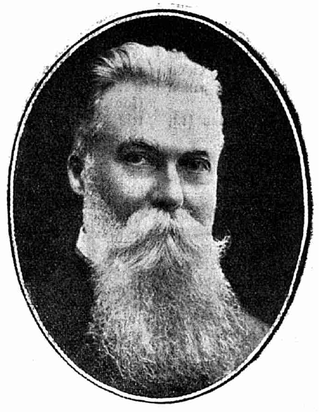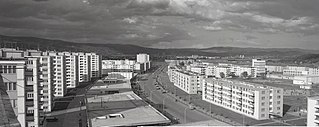| |||||
| Decades: | |||||
|---|---|---|---|---|---|
| See also: | |||||
Events from the year 1922 in Romania. The year saw the Dealul Spirii Trial and the crowning of King Ferdinand.
| |||||
| Decades: | |||||
|---|---|---|---|---|---|
| See also: | |||||
Events from the year 1922 in Romania. The year saw the Dealul Spirii Trial and the crowning of King Ferdinand.

Victor Ciorbea is a Romanian jurist, politician, and civil/public servant. He was the Mayor of Bucharest between 1996 and 1997 and, after his resignation from this public dignity/position, Prime Minister of Romania from 12 December 1996 to 30 March 1998. He had also served as the Ombudsman between 2014 and 2019.
The Socialist Party of Romania was a Romanian socialist political party, created on December 11, 1918 by members of the Social Democratic Party of Romania (PSDR), after the latter emerged from clandestinity. Through its PSDR legacy, the PS maintained a close connection with the local labor movement and was symbolically linked to the first local socialist group, the Romanian Social-Democratic Workers' Party. Its creation coincided with the establishment of Greater Romania in the wake of World War I; after May 1919, it began a process of fusion with the social democratic groups of in the former territories of Austria-Hungary — the Social Democratic Parties of Transylvania, Banat and Bukovina. The parties adopted a common platform in October 1920. Progressively influenced by Leninism, the PS became divided between a maximalist majority supporting Bolshevik guidelines and a reformist-minded minority: the former affiliated with the Comintern as the Socialist-Communist Party in May 1921, while the minority eventually established a new Romanian Social Democratic Party.

Alexandru I. Lapedatu was Cults and Arts and State minister of Romania, President of the Senate of Romania, member of the Romanian Academy, its president and general secretary.

Emil Costinescu was a Romanian economist, businessman and politician.
Events from the year 1948 in Romania. The year saw the formalisation of the Romanian People's Republic.
Events from the year 1942 in Romania. The year was dominated by the Second World War.

Events from the year 1952 in Romania. After a new trade agreement is signed with the Soviet Union, a new constitution affirms ties with the Communist state, indicated by a red star being added to the coat of arms, emblem and flag.
Events from the year 1954 in Romania. The year was marked by the 1954 Romanian blizzard.
Events from the year 1959 in Romania. During the year, the country hosted the first International Mathematical Olympiad.
Events from the year 1961 in Romania. The year saw the creation of the title of President of the State Council for the de facto head of state. The first office holder was Gheorghe Gheorghiu-Dej, who was already General Secretary of the Romanian Communist Party.
Events from the year 1964 in Romania. The year saw increasing separation from Soviet influence.
Events from the year 1929 in Romania. The year was dominated by the Great Depression. Romania won on the first Balkan Cup, held this year.
Events from the year 1927 in Romania. The year was marked by the death of King Ferdinand and the ascension of King Michael I. The year also saw the further development of the Polish–Romanian alliance and the start of the rise of the Iron Guard.
Events from the year 1926 in Romania. The year saw improved relationships between Romania and Poland and Queen Maria's visit to the United States, while at home the dynastic crisis continued.
Events from the year 1925 in Romania. The year saw Miron Cristea elected the first Patriarch of All Romania and ended with the start of the Romanian dynastic crisis.
Events from the year 1921 in Romania. The year saw the formation of the Romanian Communist Party out of the Socialist Party and subsequent imprisonment of the Communist leadership.
Events from the year 1920 in Romania. The year was marked by the signing of the Treaty of Trianon and Treaty of Paris, and a general strike.

This is a list of 1965 events that occurred in the Socialist Republic of Romania.
This is a list of 1967 events that occurred in the Socialist Republic of Romania.
Events from the year 1881 in Romania. The year saw the end of the United Principalities of Moldavia and Wallachia and the creation of the Kingdom of Romania.